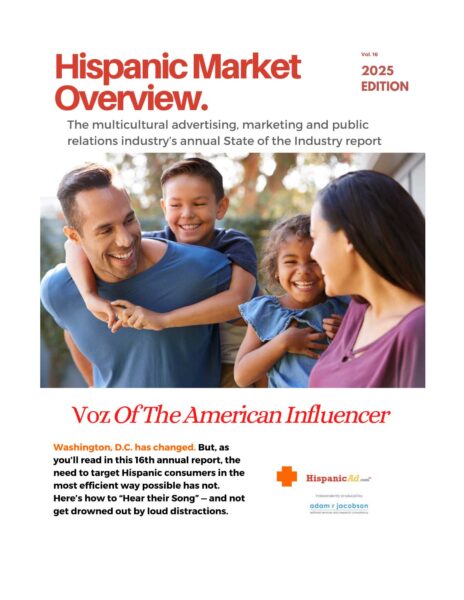Family Plans Drive Wireless Teen Penetration.
June 6, 2005
Yankee Group recognized that family plans have been the main driver of teen cell phone adoption during the past few years. However, going forward, prepaid and hybrid plans will drive future growth. Although those teens on postpaid contracts are increasingly turning to family share plans, on the whole postpaid subscriptions have declined, according to data from Yankee Group’s comprehensive annual surveys of the US mobile consumer market, revealed at the company’s 2005 Decision Summit. A greater proportion of teens are on prepaid/hybrid plans, up 8 percentage points from 2004.
Adoption and usage of mobile data services is still dominated by users 25-years-old and younger. There are some bright spots:
• Older segments have started to embrace and regularly use text messaging.
• The proportion of adult mobile consumers who indicated they had picture messaging capabilities doubled during the 2004 to 2005 period, to reach nearly one-fourth of mobile consumers—of which, one-fourth (6%) are actively using the feature.
Despite limited usage today, nearly two-thirds of mobile consumers also indicated a willingness to spend more on these services, fueling potentially lucrative new market opportunities. Not surprisingly, older segments are more interested in productivity-related applications, while the youth market shows strong interest in emerging mobile music services/applications.
Although these users may choose to spend more, price and coverage still comprise the dominant factors in service provider selection. Family and peer groups exert greater influence on service provider selection process, as does customer service, during the decision process. There was no clear winner in the area of customer satisfaction, but Verizon Wireless maintained an edge in the network basics (coverage, reliability and voice quality) and T-Mobile in “value for the money” category.
“This survey highlights the increasing influence of so-called ‘soft’ factors in the consumer service provider selection process,” said Linda Barrabee, Yankee Group senior analyst, Wireless/Mobile United States. “However, even as customers are swayed by these experiences, more users have become savvier regarding their device and service capabilities, creating a tremendous market for companies that can deliver on both the quality of experience and the breadth of targeted features, which distinct user segments increasingly demand.”
The Yankee Group 2005 US Mobile User Survey and 2005 US Mobile User Teen Survey takes the pulse of US mobile phone users 18 years of age and older, and 13 to 17 years of age, respectively. More than 5,200 adult and 1,000 teen respondents provided insight into current trends of:
• Wireless usage and current spending (voice and data)
• Mobile user preferences for service providers and devices/manufacturers
• Customer satisfaction and loyalty
• Purchasing influencers, patterns and behaviors
• Landline displacement and substitution trends
• Willingness to spend additional money on advanced services (mobile data), device features and accessories





























